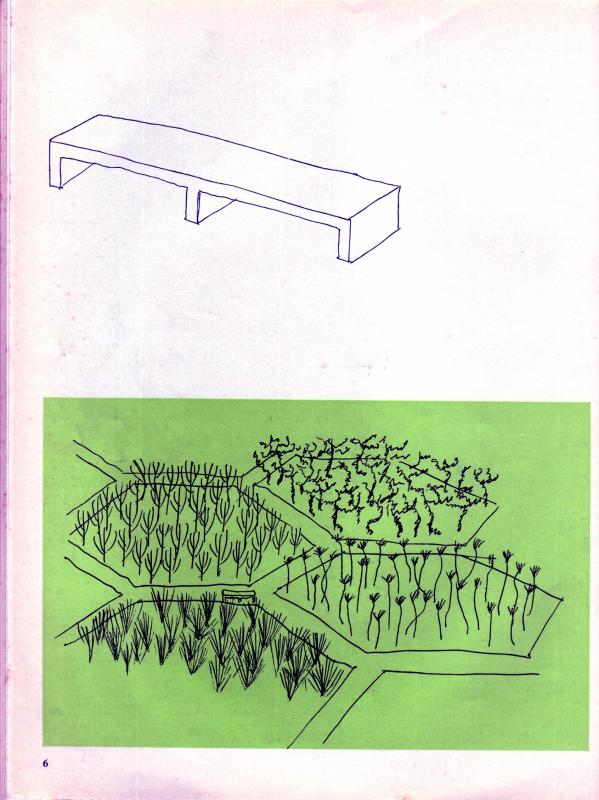Pondering the construction of Brasilia, Mário Pedrosa weighs the promise of that experience with regard to a new conception of art: one that is objective and collectively focused on community. The critic here (1959) anticipates the proposals formulated in Nova Objetividade Brasileira (1967) by artist Hélio Oiticica et al., which became meaningful as the failings of Brasilia and its architecture became known publicly. The text transcribes the Brazilian critic’s speech in the eighth (and final) session of the Congresso Internacional Extraordinário de Críticos de Arte, which focused on the state of the arts in light of the municipal project; critics Jorge Romero Brest (Argentina) and Meyer Schapiro (United States) also participated in the session, among others.
The Congresso Internacional Extraordinário de Críticos de Arte was held in Brasilia, São Paulo, and Rio de Janeiro, September 17 – 25, 1959, and organized under the theme of “A New City, A Synthesis of the Arts,” which had been previously proposed by critic Mário Pedrosa. The presentations made by critics and architects from various parts of the world generated debate and controversy on the production of art and architecture in Brazil. The summary presented of the 7th session (entitled “Arts Education”) included the contributions of seminars led by critics Herbert Read and A. Sartoris, architect and urban planner Lúcio Costa, as well as Brazilian artists Theon Spanudis and Fayga Ostrower.
[For more on this topic, see another text by this author in the ICAA digital archive: “Lições do congresso internacional dos críticos” (doc. no. 1086667)].

